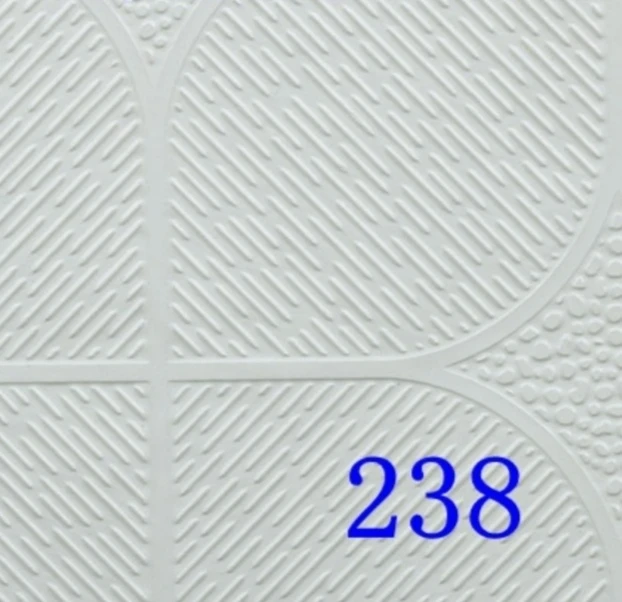Dec . 04, 2024 19:54 Back to list
drop ceiling main tee
Understanding Drop Ceiling Main Tee Principles and Applications
A drop ceiling, also known as a suspended ceiling, is a secondary ceiling that is hung below the main ceiling structure. It is often constructed from a grid of metal framework and lightweight panels, providing a versatile, attractive, and functional option for various indoor environments. Among the critical components of a drop ceiling system is the main tee, which serves as the backbone of the grid framework. This article aims to delve into the concept of drop ceiling main tee, exploring its design, installation, and benefits.
The Structure of Main Tees
Main tees are long, T-shaped metal channels that run the length of the room and provide structural support for the ceiling tiles. Typically made from durable materials such as galvanized steel, main tees come in standard lengths of 12 feet and are available in different widths to accommodate different ceiling tile sizes. The main tees are perpendicular to the cross tees, which fill in the grid and hold the ceiling tiles in place, creating a stable and level surface.
Installation Process
Installing a drop ceiling with main tees requires careful planning and execution. Before beginning the installation, it’s essential to measure the room accurately and determine the desired height of the ceiling. One of the favorable aspects of drop ceilings is that they can be installed at a lower height, hiding ductwork, pipes, and electrical systems while providing easy access for maintenance.
The installation begins with marking the layout of the grid on the walls. Main tees are then suspended from the structural ceiling using suspension wires. These wires must be securely attached to the ceiling to support the weight of the tiles. It’s crucial to ensure that the main tees are level, as an uneven grid can lead to difficulties in placing the tiles and can compromise the overall aesthetic of the ceiling.
drop ceiling main tee

Once the main tees are installed, the cross tees are added, creating a complete framework. The ceiling tiles are finally placed into the grid, resulting in a finished drop ceiling that is both functional and visually appealing.
Advantages of Main Tees in Drop Ceilings
One of the primary benefits of using main tees in drop ceilings is their ability to support a variety of ceiling tile materials, including acoustic panels that improve sound insulation. This feature is particularly advantageous in commercial environments such as offices, schools, and restaurants that require effective noise control.
In addition to their functional capabilities, drop ceilings with main tees offer a multitude of design options. The grid system allows for the incorporation of different tile textures, patterns, and colors, empowering architects and designers to create unique aesthetics that align with the interior design themes of a space.
Moreover, the accessibility provided by a drop ceiling is invaluable. If maintenance or repairs are required, tiles can be easily removed, allowing access to plumbing, wiring, and HVAC systems without the need for extensive demolition.
Conclusion
The drop ceiling main tee is an essential component of suspended ceiling systems, providing crucial structural support and versatility in design. Its installation not only enhances the aesthetic appeal of a space but also offers practical solutions for sound management and accessibility for maintenance. Whether in a residential or commercial setting, understanding the role of the main tee in drop ceilings can pave the way for informed decisions, ensuring both functionality and style in any interior design project. As modern architectural trends continue to evolve, drop ceilings remain a timeless choice, showcasing the blend of beauty and utility that defines contemporary spaces.
-
Durable Ceiling T Grid Systems | Easy InstallationNewsAug.29,2025
-
PVC Gypsum Ceiling: Durable, Laminated Tiles for Modern SpacesNewsAug.28,2025
-
Pvc Gypsum Ceiling Is DurableNewsAug.21,2025
-
Mineral Fiber Board Is DurableNewsAug.21,2025
-
Ceiling Tile Clip Reusable DesignNewsAug.21,2025
-
Ceiling T Grid Modular DesignNewsAug.21,2025







